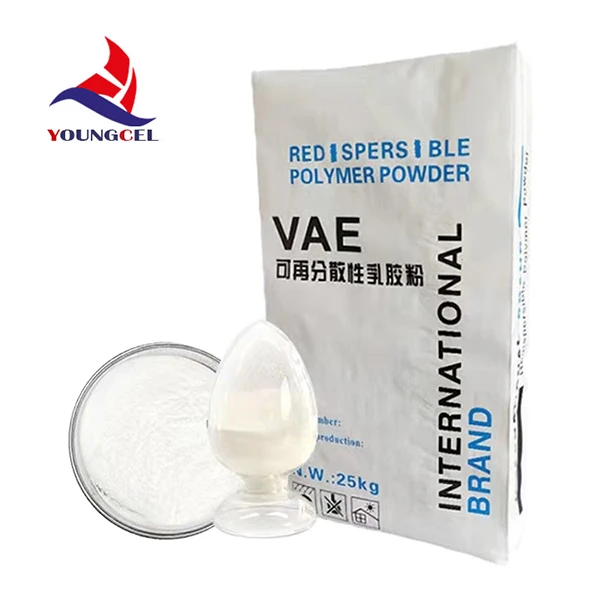Exploring the Importance of HEMC A Comprehensive Overview
In recent years, the term HEMC has gained significant traction in various fields, particularly in material science and engineering. HEMC stands for Hydroxyethyl Methyl Cellulose, a non-ionic cellulose ether that has become increasingly important due to its wide range of applications and beneficial properties. This article delves into the characteristics, uses, and significance of HEMC, shedding light on its integral role in modern industries.
HEMC is derived from cellulose, which is a natural polymer obtained from plant cell walls. The modification process involves the reaction of cellulose with ethylene oxide and methyl chloride, resulting in a product that possesses unique properties. One of the hallmark features of HEMC is its solubility in both cold and hot water, which makes it an excellent thickening agent in various formulations. Additionally, it exhibits good film-forming capabilities, which is crucial for applications in industries such as construction, food, and pharmaceuticals.
.
In the realm of pharmaceuticals, HEMC serves as a crucial excipient in various formulations. Its viscosity-modifying properties make it an ideal choice for gel-like formulations and suspensions, ensuring consistent drug delivery. Additionally, HEMC is used in the development of controlled-release drug systems, where it helps to regulate the release of active ingredients, thus maximizing therapeutic efficacy. The versatility of HEMC in pharmaceuticals emphasizes its vital role in enhancing product stability and performance.
hemc

Beyond construction and pharmaceuticals, HEMC has made its mark in the food industry as well. It is commonly used as a thickener, stabilizer, and emulsifier in a variety of food products, including sauces, dairy items, and salad dressings. The food-grade HEMC meets safety standards, making it suitable for consumption. Its ability to improve texture and mouthfeel in food products has positioned HEMC as an essential ingredient for manufacturers aiming to enhance product quality.
Moreover, HEMC is increasingly being recognized for its environmental benefits. As a cellulose derivative, it is biodegradable and poses fewer risks to the environment compared to many synthetic alternatives. This characteristic is especially appealing in today’s eco-conscious market, where industries are under pressure to adopt sustainable practices. Manufacturers are increasingly seeking materials that not only perform well but also align with environmentally friendly initiatives.
The versatility of HEMC extends to personal care products as well. It is commonly found in formulations for lotions, creams, and shampoos. In these applications, HEMC operates as a thickener, providing a desirable texture and enhancing the application experience. Consumers benefit from improved product performance, while manufacturers enjoy the ability to formulate stable and effective cosmetic products.
As industries continue to evolve, the demand for multifunctional and efficient materials like HEMC is likely to increase. Its broad spectrum of applications and favorable characteristics positions it as a valuable ingredient across various sectors. In conclusion, HEMC represents a significant advancement in material science, with its multifaceted uses making it a crucial component in construction, pharmaceuticals, food production, and personal care. The ongoing research and innovation surrounding HEMC will undoubtedly pave the way for even more applications, reinforcing its importance in contemporary manufacturing and product formulation.
-
The Application and Significance of Construction RdpNewsMay.19,2025
-
Industrial Grade HpmcNewsMay.19,2025
-
Building Coating Adhesive Building Coating Adhesive HpmcNewsMay.19,2025
-
Application Of Hpmc For Detergent For Detergent In DetergentsNewsMay.19,2025
-
Application Of Hpmc Cellulose In Cement-Based MaterialsNewsMay.19,2025
-
Application Of High Quality Hpmc For Construction In The Field Of ConstructionNewsMay.19,2025




